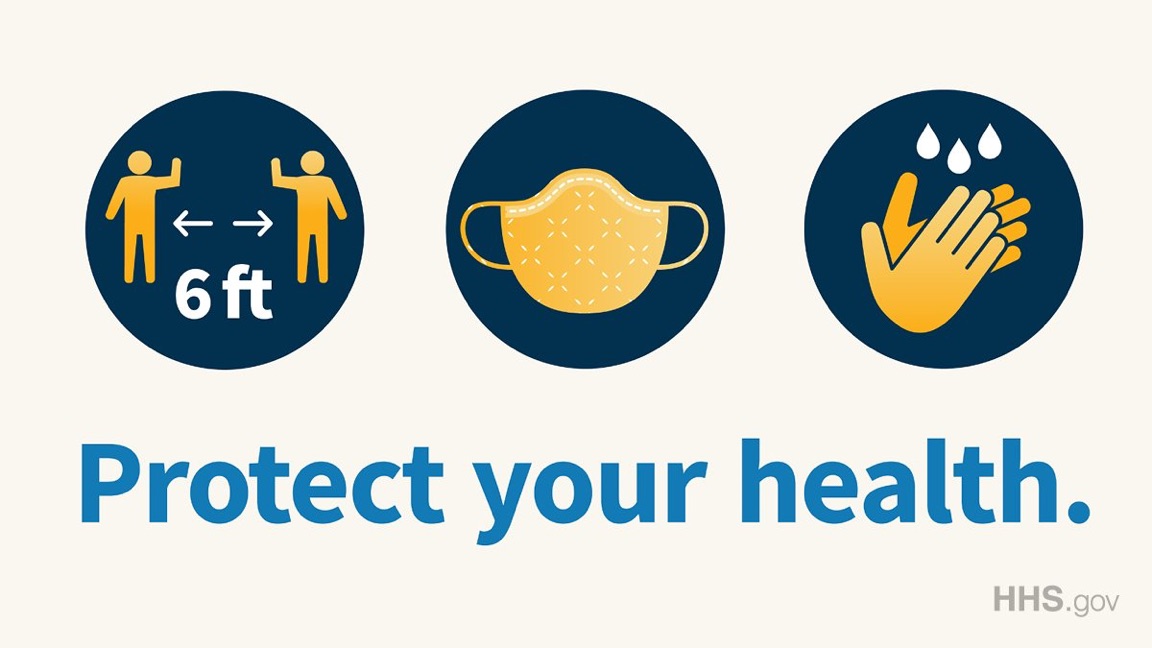Check Six, Francis “Miki” Bowers, Friends of Iolani Palace, HANG 25 Booklet, Hawaii Air National Guard (HIANG), Honolulu Armory, Iolani Barracks, Iolani Palace, Martin B-11 Bomber, Punahou School, Royal Guard, Stephen Lum, Walter "Papa" Judd, World War II
Check Six: Colonel Walter Foulke “Papa” Judd

Hawai‘i and Hawai‘i National Guard historian. If you like Hawaiiana, and more specifically National Guard of Hawai‘i history, you definitely should know about Colonel Walter F. “Papa” Judd. His family roots are woven deeply in the history of Hawai‘i from the monarchy till today.
His great-grandfather is Dr. Geritt Parmele Judd, who came to the islands as a missionary physician and later served as an advisor to Kamehameha III. He is also a descendant of Thomas Hastings who came from England to the Massachusetts Bay Colony, in 1634.
Dr. Judd came from New York to Hawaii in 1827. He resigned from the mission in 1842 and became an advisor and translator to Kamehameha III. His positions included Ministers of Foreign Affairs, Interior, Finance and Plenipotentiary to England, France and U.S. He also served in the House of Representatives. In addition to founding Punahou School in 1841 (known as Oahu College from 1853 to 1934), he started Hawaii’s first medical school. Judd Street, in Nu’uanu, was named after him.
Walter’s grandfather, Albert Francis Judd served in the King’s Army from 1866-1871, rising to rank of captain. He was a member of the House of Representatives and the House of Nobles. Government service continued as attorney general under King Liholiho; and as associate and chief justice of the Hawaiian Kingdom Supreme Court (serving as chief for 19 years, until his death, in 1900).
Gerrit Parlele Judd III was Walter’s father. He was the eight of nine siblings and was married to Marguerite Foulke. Gerrit III’s younger brother, Lawrence McCully Judd enjoyed a long Hawai‘i Guard career which ended as 298th Infantry Regiment commander. Lawrence went on to become Hawai‘i’s seventh governor (1929-1934).
Walter’s History
Like most of the missionary family descendants, Walter was educated at Punahou School. His military career started in 1939, when he enlisted in Hawai‘i Guard and was assigned to Company K, 299th Infantry (Moloka‘i). He was part of the Guard’s October 15, 1940 pre-war federalization.
He earned his second lieutenant bars on November 30, 1942 at Officer Candidate School, Fort Benning, Georgia, and was assigned to the 35th Infantry. In 1943, Judd transferred to Army Air Corps and went air observer (navigator) training. He served in World War II’s European Theatre, flying Martin B-11 Bomber combat missions as a lead navigator in the 481st Bomb Group, 8th Air Force, England. Judd’s missions included campaigns in Ardennes, Rhineland and Central Europe, and concluded at the end of the war, in 1945.
Judd rejoined the Hawai‘i Guard and became one of the original members of the newly created Hawai‘i Air National Guard (HIANG), on September 10, 1946, a year before the U.S. Air Force, September 18, 1947 beginning. The new first lieutenant was assigned to the 199th Fighter Squadron. He served in various positions at the 154th Composite Group (now the 154th Wing) until moving to HIANG Headquarters at Fort Ruger as an executive officer, in 1963.
He retired with more than 35 years of military service, in 1973, and earned numerous awards including the:
Distinguished Flying Cross with three oak leaf clusters
Meritorious Service Medal
Air Medal with three oak leaf clusters
EAME Service Medal (European-African-Middle Eastern campaign), with three service stars
World War II Victory Medal
Hawai‘i National Guard Medal for Merit
Hawai‘i National Guard Commendation Medal
Hawai‘i National Guard Service Medal with thirty-year bar
Hawaiian history according to Walter
Though Judd passed away in 2000, he left imprints like the saving of ‘Iolani Barracks, restoration of ‘IolaniPalace and recreation of the Royal Guard. The prolific researcher/author wrote:
Palaces and Forts of the Hawaiian Kingdom (1975)
Kamehameha (Hawaiian bicentennial library, Vol. X, 1976)
Let us go: The narrative of Kamehameha II, King of the Hawaiians 1819-1824 (1976)
Hawai‘i’s Military Heritage: Polynesian to Annexation (1977)
Warfare in Hawai‘i 1772-1782 (1978)
Hawai‘i Joins the World (1999)
While at Fort Ruger, he completed HANG 25 (1946 to 1971), a compilation of the first quarter century of the Hawai‘i Air Guard history.
During the same time period, he recreated the ceremonial Royal Guard unit (1963), a volunteer unit of HIANG members of Hawaiian ancestry. The unit, modeled after King David Kalākaua’s personal guard, helps celebrate the king’s birthday every year on November 16, at ‘Iolani Palace. The Royal Guard is now a familiar sight in parades and ceremonies like Memorial and Veterans Day.
‘Iolani Barracks also owes its “life” to Walter, who became aware of the possible of the demolition of the Halekoa (House [of] Warriors) during the construction of the new State Capitol (1954 to 1969) to be built on the grounds behind the ‘Iolani Palace. The parcel of land included the barracks (built in 1870, during Kamehameha V (Lot) reign) and the Honolulu Armory (Hawai‘i National Guard’s headquarters). The state Legislature agreed to save the barracks which the Hawai‘i Guard once occupied. The barracks, which predates ‘Iolani Palace, was moved to the palace grounds block by block to its present location, in 1963.
In the 1970s, with the barracks solidly in place, he turned his attention to the restoration of ‘Iolani Palace, who lower chambers served as the home of the legislature. Judd was vice president of the Friend of ‘Iolani Palace and also chairman of the Palace Restoration Committee. “He loved it, it fitted in with his life interest in history,” said Jean Judd, his wife of 51 years. He headed the restoration committee when the basic work of refurbishing the interior was under way. “That was before they added furniture,” she said. “They got an artist who made lyres to carve the uprights for the stairway banister.”
His memberships included the Company of Military Historians, Hawaiian Historical Society and National Guard Association of the United States.
Guard Relatives
Hawai‘i Guard members and Punahou alumni who are also descendants of Gerrit Judd include Colonel/Governor Lawrence McCully Judd and Colonel Francis Andrew Imaikalani “Miki” Bowers Jr.
* * * * * * * * * * * * * * *
Stephen Lum researched and wrote this article about Colonel Judd. He served in the Hawai‘i Army National Guard as a member of the 117th Public Affairs Detachment. He worked and retired from the State Department of Defense public affairs office.
Related
From → History





Comments are closed.